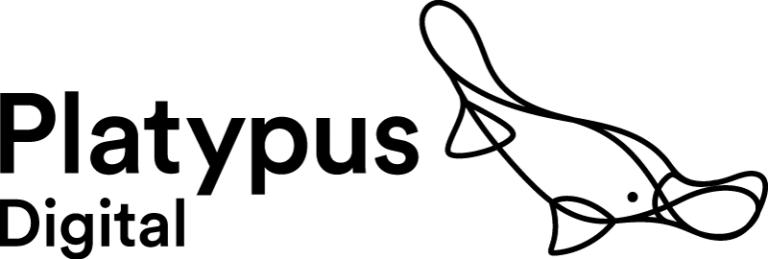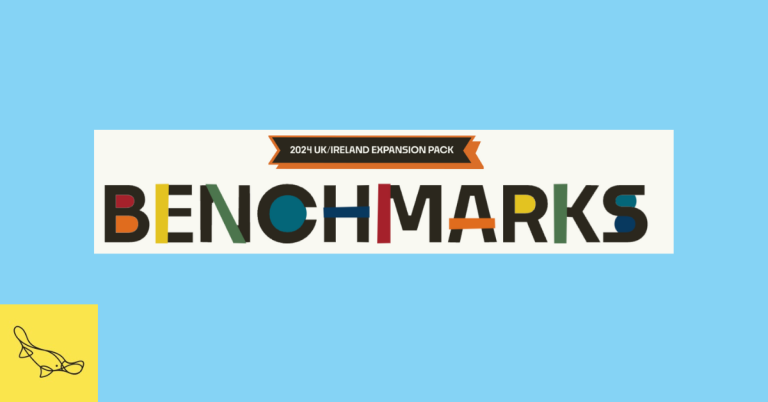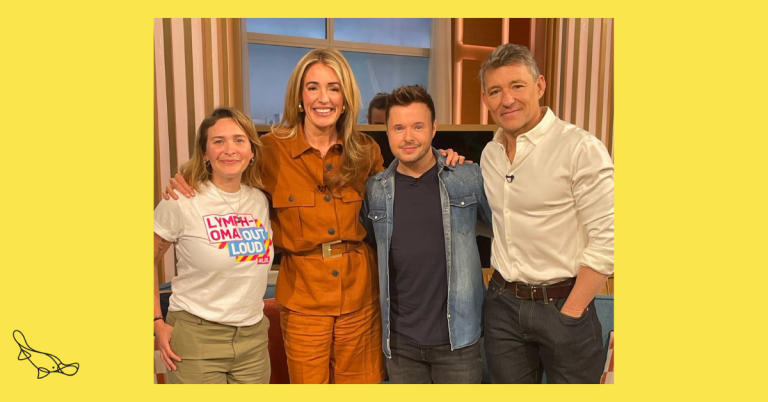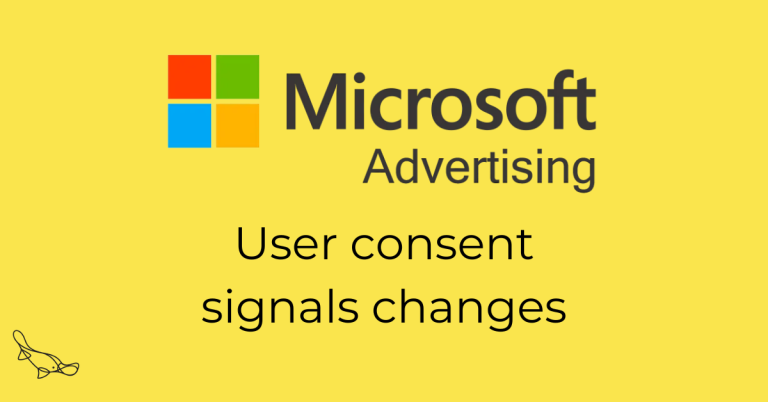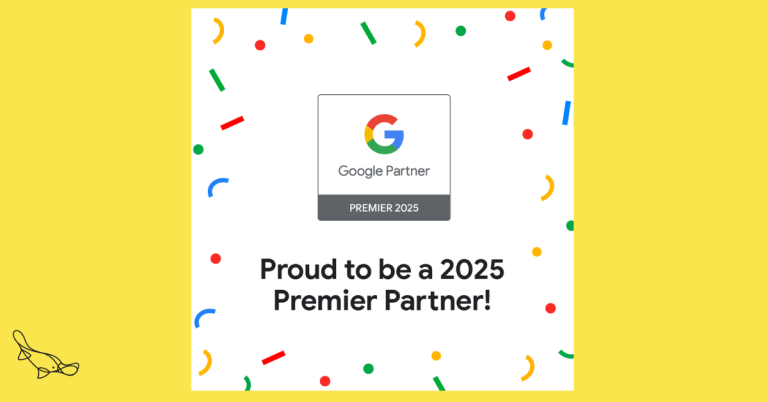It’s the most wonderful time of the year – Rally & M+R’s UK / Ireland Digital Benchmark Study is out!
As always, the report is a veritable treasure trove of information.
But before I dive in, here’s my standard benchmark disclosure:
- The best organisation to benchmark yourself against is… yourself, from previous years
- Benchmarks don’t tell you anything about resources, team sizes, internal culture, ways of working or investment in staff and skill
Anyway, let’s get into it.
Across the UK and Ireland, digital advertising spend increased by 23%
Health charities led the way, with a whopping 41% increase. Clearly, the industry is placing more trust in digital channels.
If you’re not already investing consistently in at least one digital channel, you know what they say – the best time to plant a tree was yesterday, the second best time is… you get it!
Most of the spend in the UK and Ireland was devoted to fundraising efforts – much more than elsewhere.
The overall increase in investment is great, but shows that the UK and Ireland are heavily focused on donor acquisition, while other regions spend a much more conservative 53% on the same types of asks.
This begs the question – are we giving as much time and attention to nurturing and guiding our supporters as we are trying to raise funds from them? And is there a space for charities to really establish themselves in the middle of the funnel?
Search comprised 45% of all spending.
The nature of the channel means you’ll get the best utilisation with consistent, long-term, spend – and because it captures people who are already looking for you, it’s a great channel for direct acquisition.
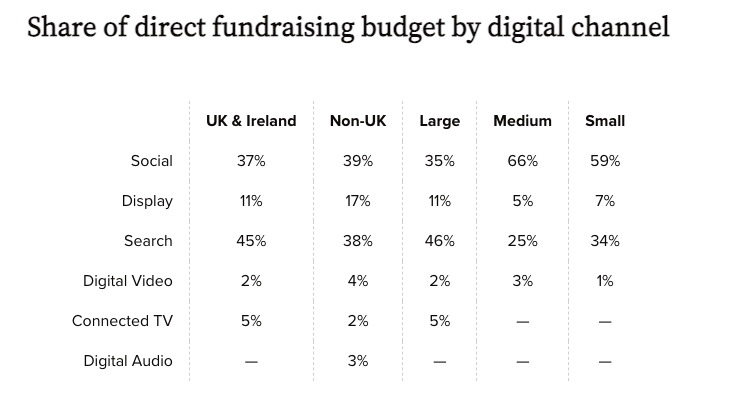
So, hang on. If search is such an effective channel, we don’t we just stop spending on everything else and just put all our money in there?
The thing is, search has a ceiling. It’s limited by however many people are looking for you at any given moment. And when you’re not maximising the number of people who know about you, or your cause, your search volume dries up.
So to make sure you’re feeding volume into search, you also need to be investing in discovery channels – like paid social, display and video, and TV.
Digital video and connected video are the ‘it’ channels of the moment
7% of digital fundraising went here – a growth of 171% for TV and 139% for video.
Our reading of this is that there are a few charities who are dipping into this area to see if it could present a new digital fundraising opportunity for them.
It costs £31 to generate a donation on search, £47 on Twitter and £100 on Meta.
But it’s not as simple as saying search works, and Meta doesn’t. The channels aren’t comparable. On search, people are actively looking to support. On Meta, they’re likely just going about their day.
For most charities, whether they are new to advertising or not, Meta is usually the first channel they turn to – it’s visible, we’re familiar with it, and it’s easy to access. But this means Meta’s also oversaturated with fundraising asks, and it’s likely we’re all competing for the same audiences.
So the question isn’t, “do we invest in Meta?” and more, “how do we invest smartly in Meta, and make the asks that people are most likely to respond to?”
TikTok is still lagging behind on actions that require a conversion
Conversions like making a donation, or completing a lead form.
This is less to do with the channel effectiveness and more to do with the nature of channels. TikTok is such a video-driven channel – it’s better for your brand awareness and content strategy than it is for your conversion asks
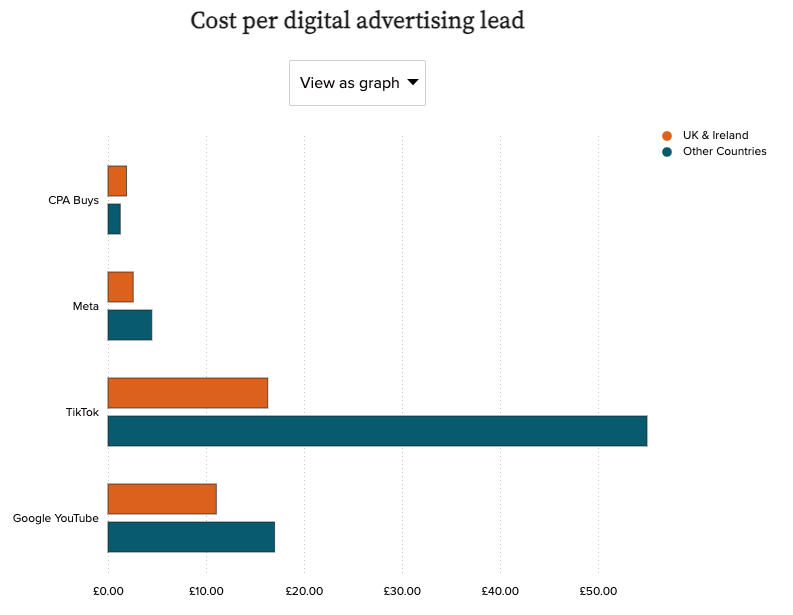
Meta is still king for lead generation.
Other than CPA buys, the cost per lead on Meta was £1.88 on average (although we have seen this drop as low as £0.12 depending on the campaign and charity).
When it comes to petitions, handraisers and other advocacy actions, Meta still can’t be beat.
Google Grants aren’t a replacement for Google paid ads
They may both appear on search engine results pages, but they don’t work the same way. Paid ads always win over grants ads in any given auction where they compete.
In the end, Grants winds up with a ROAS of £0.03 compared to paid search’s £1.99. So it’s important not to mix the two up.
At Platypus, we run a two-channel strategy utilising both channels in partnership with each other – get in touch if you’d like to hear more about it.
